A thermostat is one of the most convenient tools that you can use. It can communicate with your devices using cutting-edge technology and is mobile-data accessible. If you want to remove your Carrier thermostat from the wall but aren't sure how to proceed, you're in the right place. We have researched the question for you and have the how-tos.
To remove a Carrier thermostat from a wall, follow these basic steps:
- Turn off the cooling and heating system. You will need a screwdriver to remove the base plate or the thermostat from the wall.
- Remove the wires using a screwdriver. The screwdriver type will depend on the screw that is used.
- You can mark the wires and remove them. Do this by carefully pulling off the thermostat or dealing with revealing wires and screws.
- Lastly, detach the screws that hold the thermostat on, and the work is done!
This seems easy to follow, right? Keep reading, as we expand on the steps mentioned above. We'll also discuss related topics that might be of help to you now or for future work.
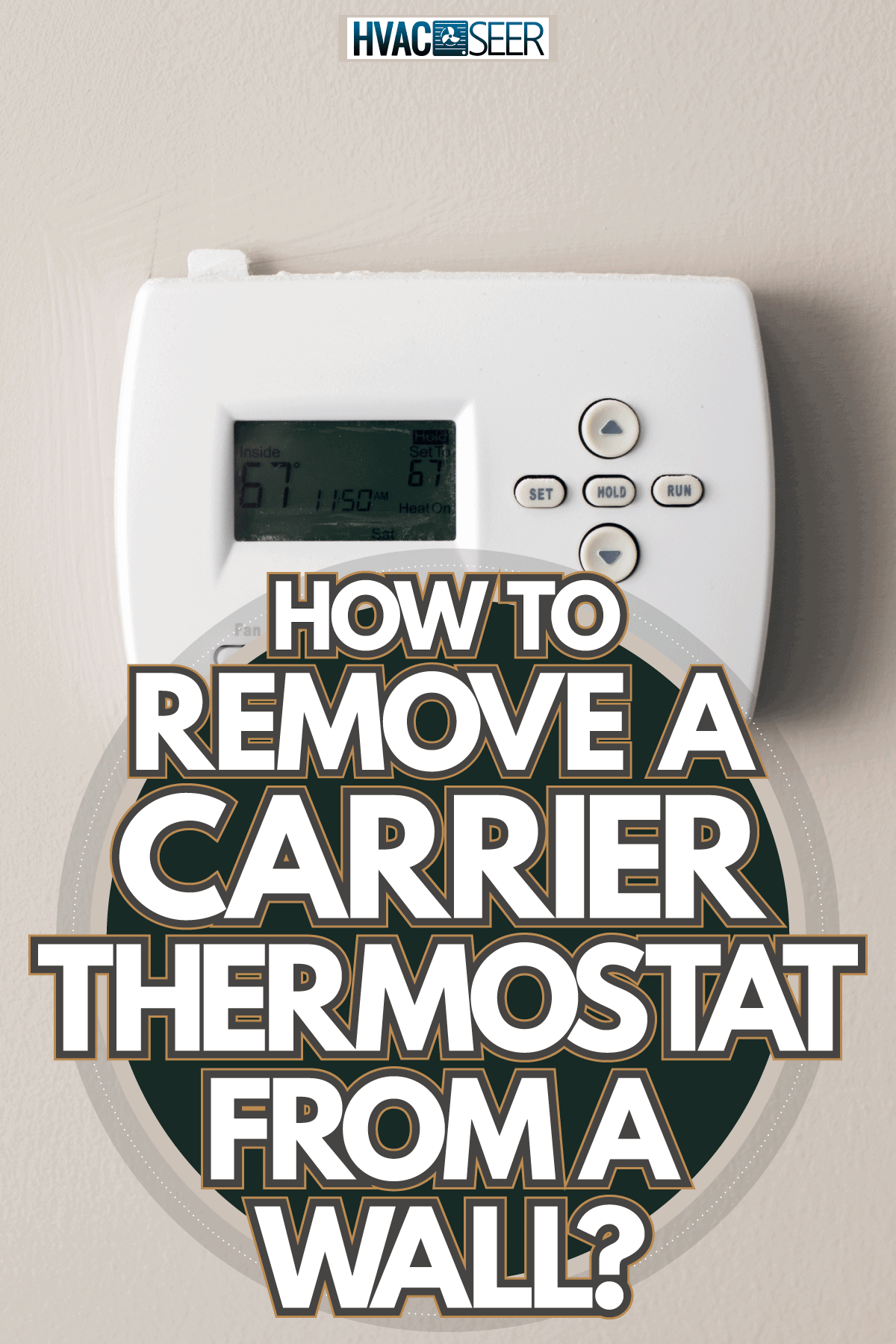
Removing A Carrier Thermostat From A Wall
Users of a popular online forum recommend these steps to remove your Carrier thermostat from a wall:
1. Turn off the cooling and heating system
Just switch off the circuit breaker marked “HVAC,” “Heating” or “Cooling.” This also shuts down the power of the thermostat automatically.
2. Remove wires using the appropriate screwdriver
Grab the screwdriver that is appropriate for removing the wires. Be careful in choosing a screwdriver, because you might end up having stripped screws.
3. Mark the wires
Marking wires is a must if you plan to connect them again. You might get an electric shock if you connect them the wrong way. You should wear gloves when you connect the wires.
4. Detach the screws
Using the right screwdriver, you can remove the screws that are used on the thermostat. When all the screws are removed, you can carefully pull the thermostat off the wall, and it’s done!
Always wear protective gloves or clothing in order to prevent accidents or unwanted mistakes. Remember the wire linings and the layout of the thermostat.
What Are The Types Of Thermostats?
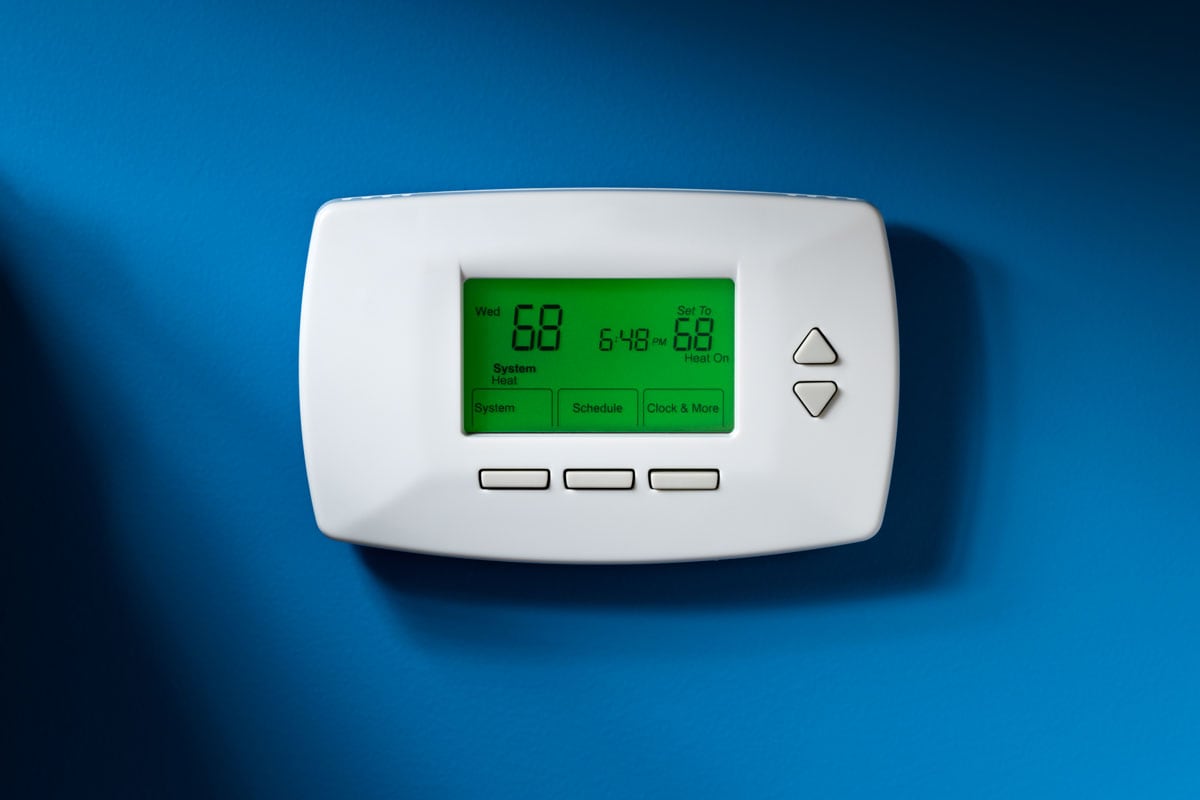
The three types of thermostats are as follows:
Non-Programmable
This thermostat is the most basic option and allows you to turn on and off the heating and cooling system manually. As a manual thermostat unlike the programmable one, it will retain the same temperature at home the whole day, making you spend more time setting it.
Additionally, some other manual thermostats have convenient features such as a digital display, backlighting, or a touch screen.
Programmable
The programmable thermostat gives you more convenience and does not take a lot of time to set up. It allows you to set the temperature schedule, which will adjust your heating and cooling system automatically. It can also help you to reduce your household energy bills by controlling the temperature settings automatically.
Smart
Smart thermostats are just like the programmable ones, but the huge advantage of smart thermostats is they learn from your environment. This kind of thermostat takes note of when you change the temperature at a certain time. They program themselves and build a schedule based on your preferences.
Also, you can control the temperature of a smart thermostat whether you’re at home or away using an app on your smartphone. You can even monitor your energy consumption from time to time.
When To Remove Or Replace A Thermostat
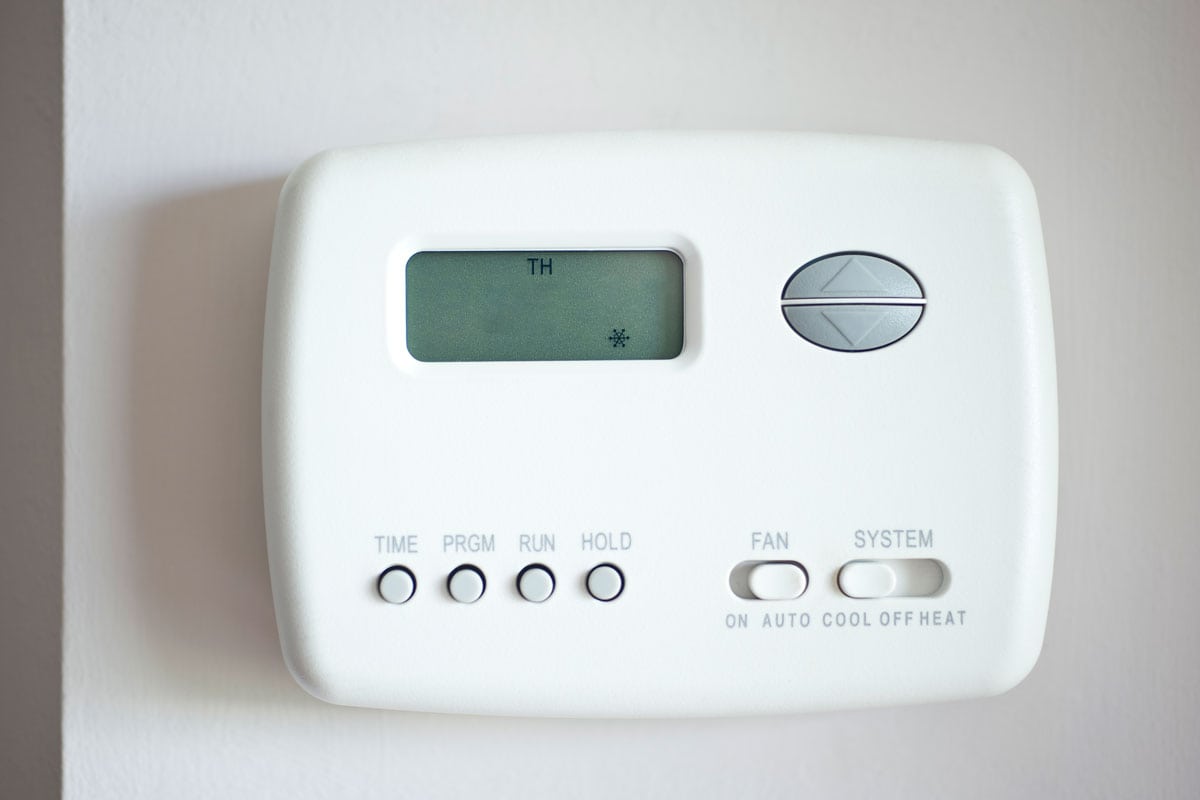
Here are some signs that you need to uninstall or replace your thermostat:
Spike of Electricity Bill
If you suddenly got a suspiciously high electricity bill, you might need to check out your home thermostat to see if it’s working efficiently or if you have a faulty system.
A thermostat supposedly measures the temperature in your home. If it's not measuring the temperature properly or not transmitting information to the rest of the HVAC system, it may cause the HVAC to overwork which can lead to a spike in your electricity bill.
Blank Display
The batteries may be dead or weak or the thermostat itself may have malfunctioned if the display is blank. The thermostat should display temperature and other information even when not used.
You should check it first before replacing it. It may be triggered by the safety switch. A flooding AC condensate pan or overheating may trigger the safety switches. This is a clear sign that you should remove or replace your home thermostat.
Temperature readings are not correct
You may find that your home thermostat does not read the temperature right. It can sometimes give inaccurate information for several reasons, but not all of them mean that you need to give up on your thermostat.
You should try to relocate the thermostat, or open it and clean it. If this doesn’t help, and your thermostat still gives you incorrect information, it is likely a malfunction. You could go to the store where you bought it and ask for a warranty replacement.
The thermostat is too old
You will probably have to replace or remove your home thermostat at some point, especially if you’re still using a manual thermostat. Typically, thermostats last for about 10 years. You can remove them or replace them before that time in order to avoid emergency replacements.
Benefits Of Using A Programmable Thermostat
Using a programmable thermostat is very convenient because you can track your usage or even connect it to your mobile phone. You can easily switch it on and off by using your mobile phone.
It also helps you to save money for your future energy bills. You can customize your daily routine and save money instead of heating or cooling your house when you are away.
It helps the environment by reducing the carbon footprint. In addition to learning your heating and cooling preferences, smart thermostats cut down on the use of fossil fuel energy sources, which is a big help to the environment.
Smart thermostats spend less time adjusting the temperature. As we mentioned earlier, you can easily control it using a mobile phone, tablet, computer, and or other device. Once your thermostat is set, you can leave it and go on with your day knowing that it’s operating automatically.
Common Mistakes When Using A Thermostat
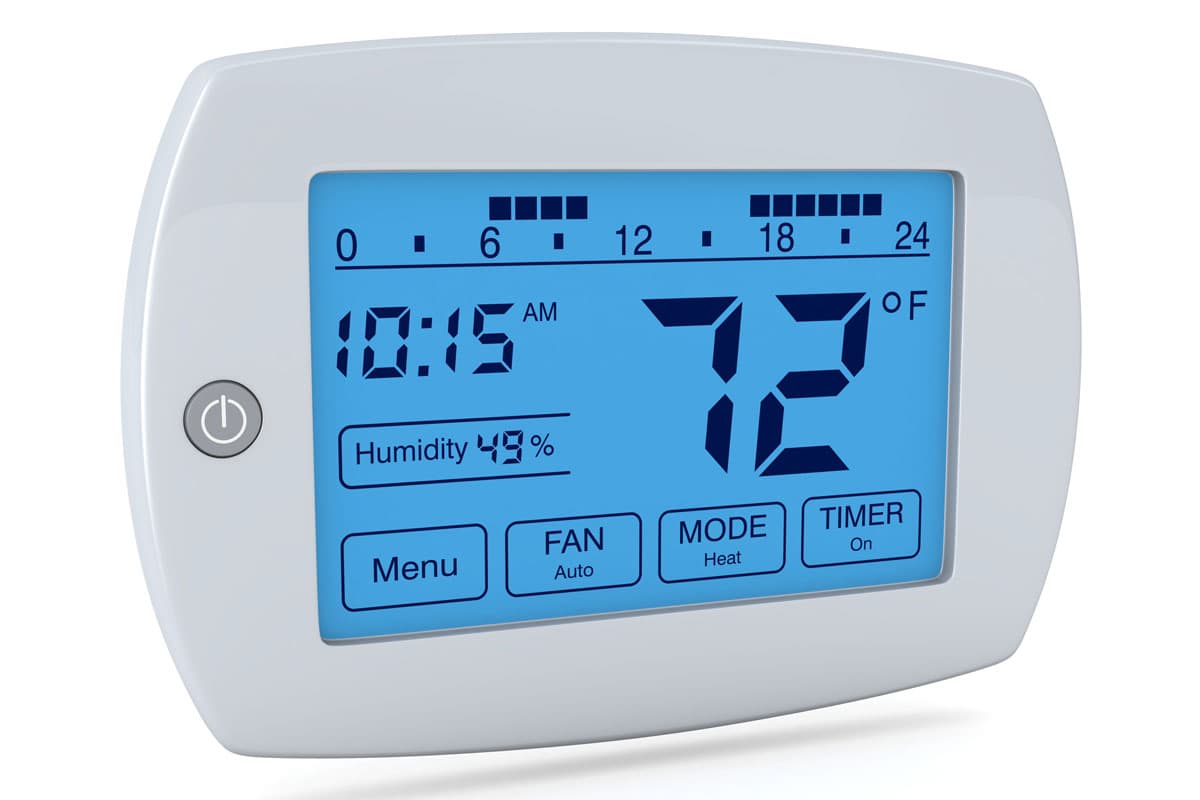
Some mistakes to avoid in your thermostat usage include:
- Turning up the thermostat to heat quicker - It won’t be as comfortable as you thought. Turning it up to its usual temperature would make you feel uncomfortable and even the rest of the house. It is set to keep the right temperature in a room. Also, it will cause the system to overheat which will cost you more in energy bills.
- Lack of maintenance - The thermostat also needs to be maintained. It requires regular cleaning. Failing to have it maintained can cause the entire system to prematurely fail. As much as possible, keep it clean so it will keep working efficiently.
- Turning the thermostat on and off - Users of a popular community forum warn that doing this won't save energy, as it can lead to poor indoor air quality and will make your home uncomfortable. On the other hand, you can turn it off, but do not turn it off completely. You should adjust the thermostat properly if you want to save energy.
Why Replace Your Old Thermostat With A Programmable One?
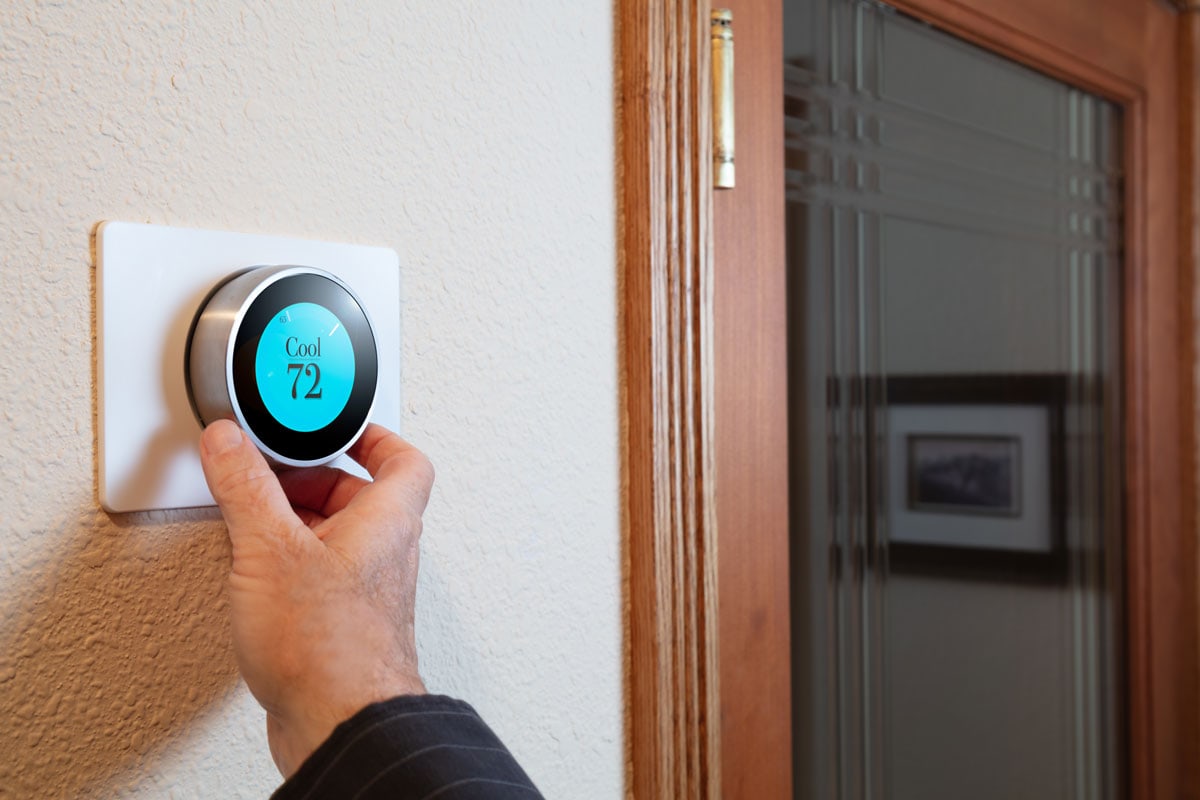
There are several reasons why you should replace or remove your home thermostat, especially when you still use an old one. Replacing a thermostat with a programmable one can save you money on your energy bills. A programmable thermostat will automatically raise the standard or adjust the temperature by a few degrees.
Where Should You Place Your Home Thermostat?
You should place your thermostat in the center or average location of your home, on an interior wall. Do not place it in direct sunlight, in the kitchen, above air vents, windows, hallways, and doors, as it will give you false readings and most likely read the outside temperature rather than the temperature inside your home.
Also, placing it in the locations mentioned above can cause the system to be confused. The location should not have a draft that causes false readings. In addition, do not place your thermostat in a cold room, as it will give you an inaccurate temperature for the rest of the house.
How Important Is a Thermostat In Your Home?
The thermostat is responsible for determining the temperature in your household. You might just ignore the importance of your thermostat in everyday life, but it is one of the most important components of your HVAC system. Without a thermostat, your AC would be useless.
In Closing
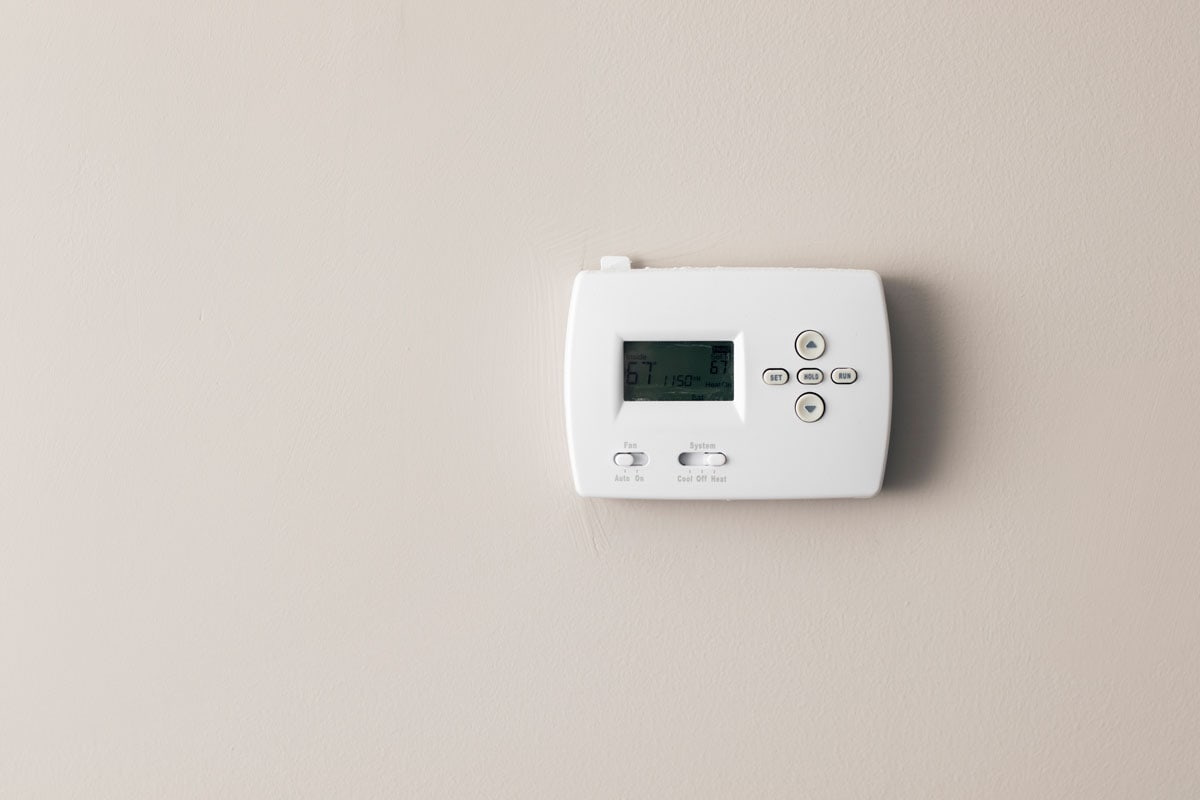
A Carrier thermostat is a very useful device in your home. It helps to be cautious when you remove a thermostat from your wall. Do not remove your thermostat hastily, as it might cause problems and require repair.
We recommend that you consult a professional as to when to remove or even replace your home thermostat. Being safe is better than saving money by doing it on your own.
Before you go, please check out these related articles:
What Temperature To Set On Thermostat When Away On Summer?
